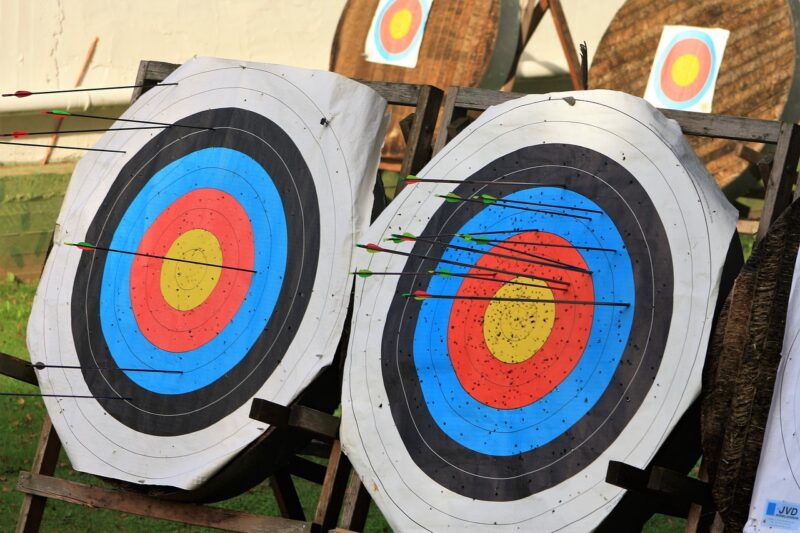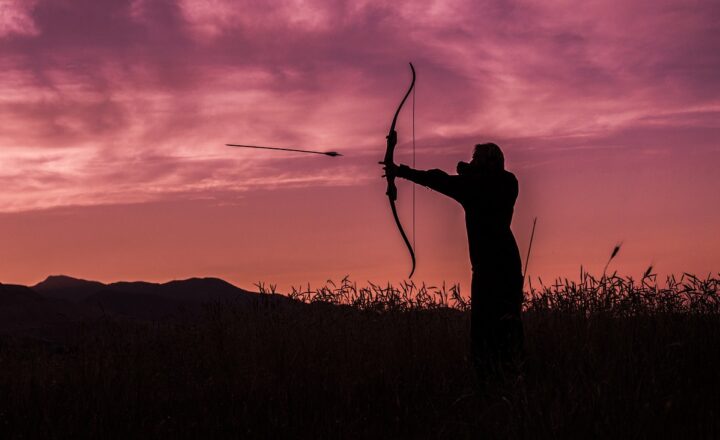The History of Archery as a Sport and How It’s Gaining Popularity Worldwide
November 12, 2024

Archery, an intricate blend of skill, precision, and focus, has long captivated the human imagination. From its early use in hunting and warfare to its current status as a competitive sport, archery has undergone remarkable transformations over the centuries. As societies evolved, so too did their relationship with the bow and arrow, leading to a resurgence in interest that transcends borders and demographics.
1. The Origins of Archery
Archery dates back thousands of years, with evidence suggesting its use as far back as 20,000 BC. The oldest known arrows were discovered in the Holmegaard swamp in Denmark and date to around 8,000 BC. Initially, archery served as a vital tool for survival, aiding in hunting and providing crucial advantages in war.
By the time of ancient civilizations, archery was recognized not just as a necessity but as an art form. Significant evidence of archery’s importance can be seen in ancient cultures:
- Egyptians: Archers were highly regarded and often depicted in elaborate tomb paintings, demonstrating their significance in warfare and hunting. The legendary bowmen of the Egyptian army were pivotal in various battles against rival empires.
- Greeks and Romans: Archery took on new dimensions with the Greeks and Romans, utilized both on the battlefield and in competitions. The Greeks included archery in their Olympic Games, further entwining the sport’s cultural significance.
- Asia: The use of archery expanded throughout Asia, particularly in countries like China and Japan. In China, the use of archery extended into education and moral development, symbolizing virtues such as discipline. The Japanese, on the other hand, transformed archery into a spiritual practice known as Kyudo, focusing on meditation and philosophy.
As history progressed, the functionality of archery began to wane with the advent of firearms, yet the sport retained its appeal.
2. The Evolution of Archery into a Competitive Sport
The competitive aspect of archery as we recognize it today began to take shape in the 17th century, particularly in England. The formation of the Society of Archers and the staging of archery contests led to the establishment of standardized rules. In 1900, archery made its Olympic debut, reinforcing its status globally.
According to the World Archery Federation, the sport has seen steady growth since then, with diverse styles emerging:
- Target Archery: The most popular form, where archers shoot at stationary circular targets from varying distances. This format is particularly famous in the Olympics.
- Field Archery: Involves shooting at targets placed at varying distances in natural terrains, mimicking hunting scenarios.
- 3D Archery: Archers aim at life-sized animal replicas, allowing them to practice in realistic hunting conditions.
The progression of archery included not just sport but also the changing perception of archers. No longer merely warriors, modern archers symbolize discipline, focus, and community.
3. Why Archery is Gaining Popularity Worldwide
In recent years, archery has gained considerable popularity across various demographics for several reasons:
- Accessibility: With burgeoning interest, various organizations, schools, and clubs provide training and access to equipment, making the sport more accessible than ever.
- Inclusivity: Archery appeals to a diverse range of people, including children, adults, athletes, and those with disabilities. Adaptive archery programs allow individuals with disabilities to experience the sport.
- Physical and Mental Benefits: Archery promotes focus, concentration, and stress relief while also being a full-body workout. It encourages mindfulness as archers must develop mental fortitude alongside physical precision.
- Cultural Revivals: Archery has been popularized through media representations, including films, series, and even video games. Characters like Katniss Everdeen from “The Hunger Games” have given the sport a modern heroine image, attracting younger generations.
Furthermore, initiatives within educational institutions to incorporate archery into physical education programs have also contributed to its increasing footprint on the global stage.
4. The Future of Archery as a Sport
As archery steps into a new era, it holds immense potential for growth and evolution. Several emerging trends and developments signal promising prospects:
- Technological Advances: New materials and technology are streamlining the design of bows and arrows, enhancing performance and precision. Innovations like digital scoring systems are also making competitions more efficient and exciting.
- Influence of Social Media: Platforms like Instagram and YouTube are providing archers and organizations avenues to showcase their skills and tournaments, fostering a community of enthusiasts and increasing visibility.
- Increased Participation in International Events: With the upcoming Olympic Games and other major competitions leading to national pride initiatives, participation is expected to surge. Countries are ramping up efforts to develop their archery programs, seeking to cultivate top-tier talents.
As this interest continues to grow, archery is positioning itself to gain recognition not just as a sport but as a cultural phenomenon celebrated worldwide.
Conclusion
From ancient tool to modern sport, the journey of archery reflects humanity’s continuous quest for skill, precision, and a connection to history. As it garners recognition and popularity in the present era, archery stands poised for a thriving future, offering both participants and spectators a unique blend of challenge, excitement, and tradition. Whether one chooses to engage as a competitor or simply as an admirer, the allure of archery – with its deep roots and potential for growth – remains timeless, promising joy for generations to come.







